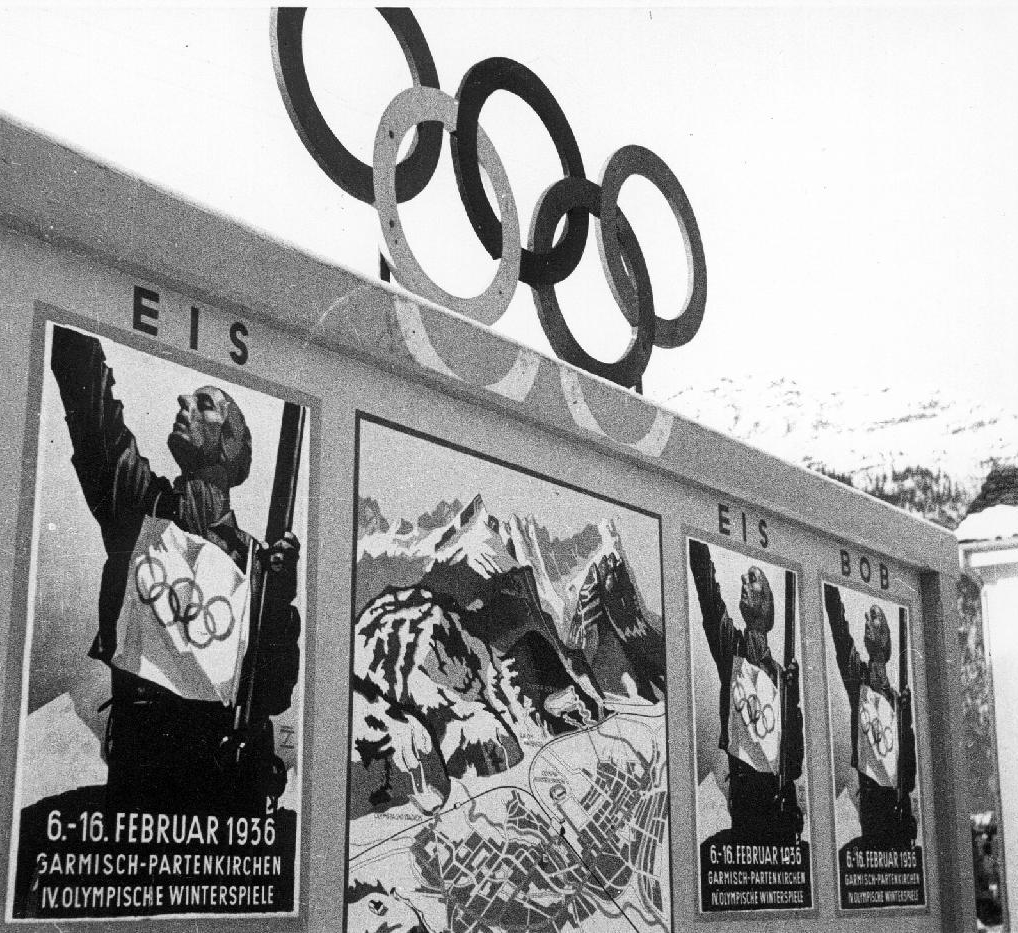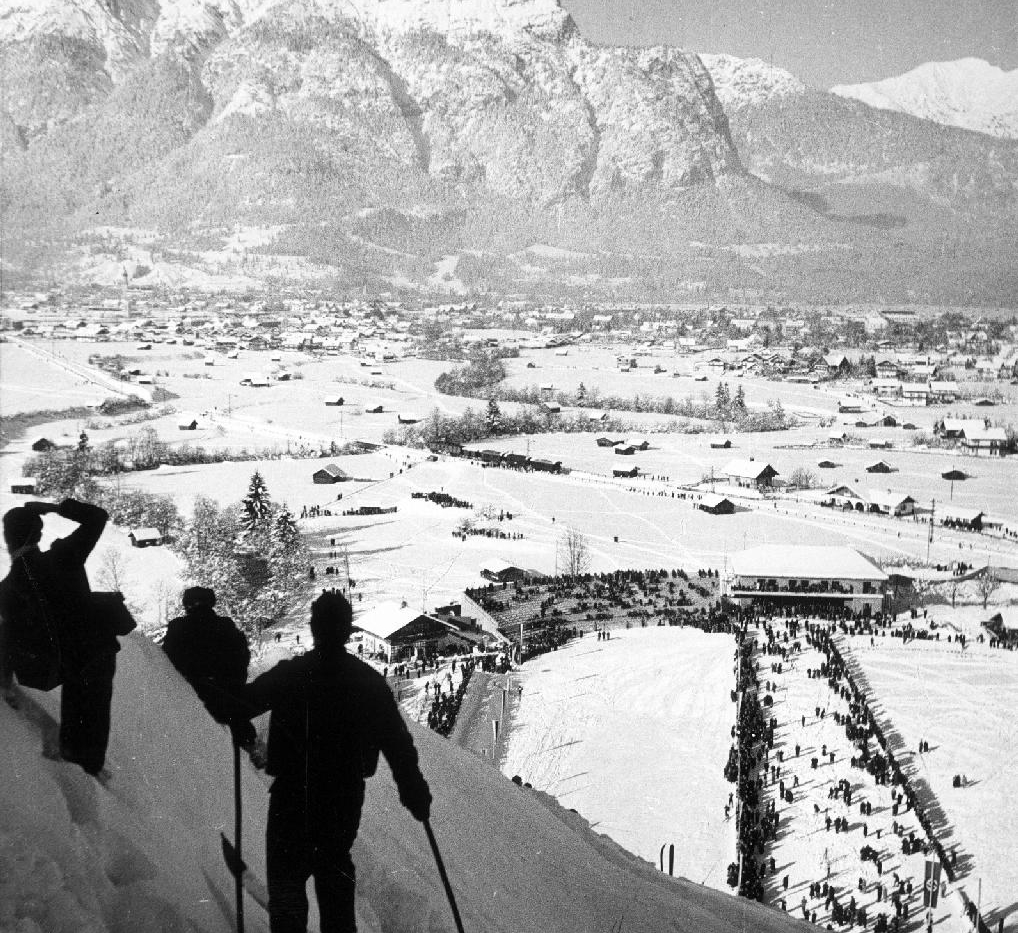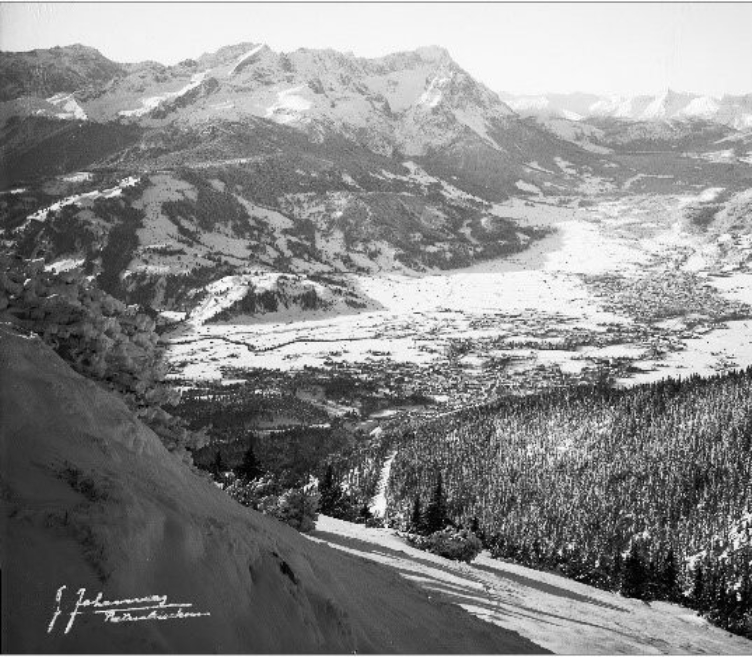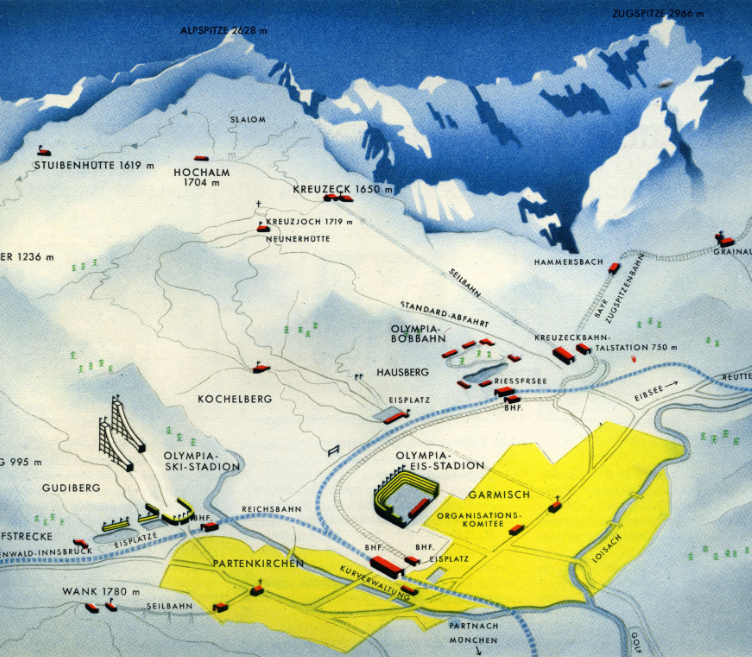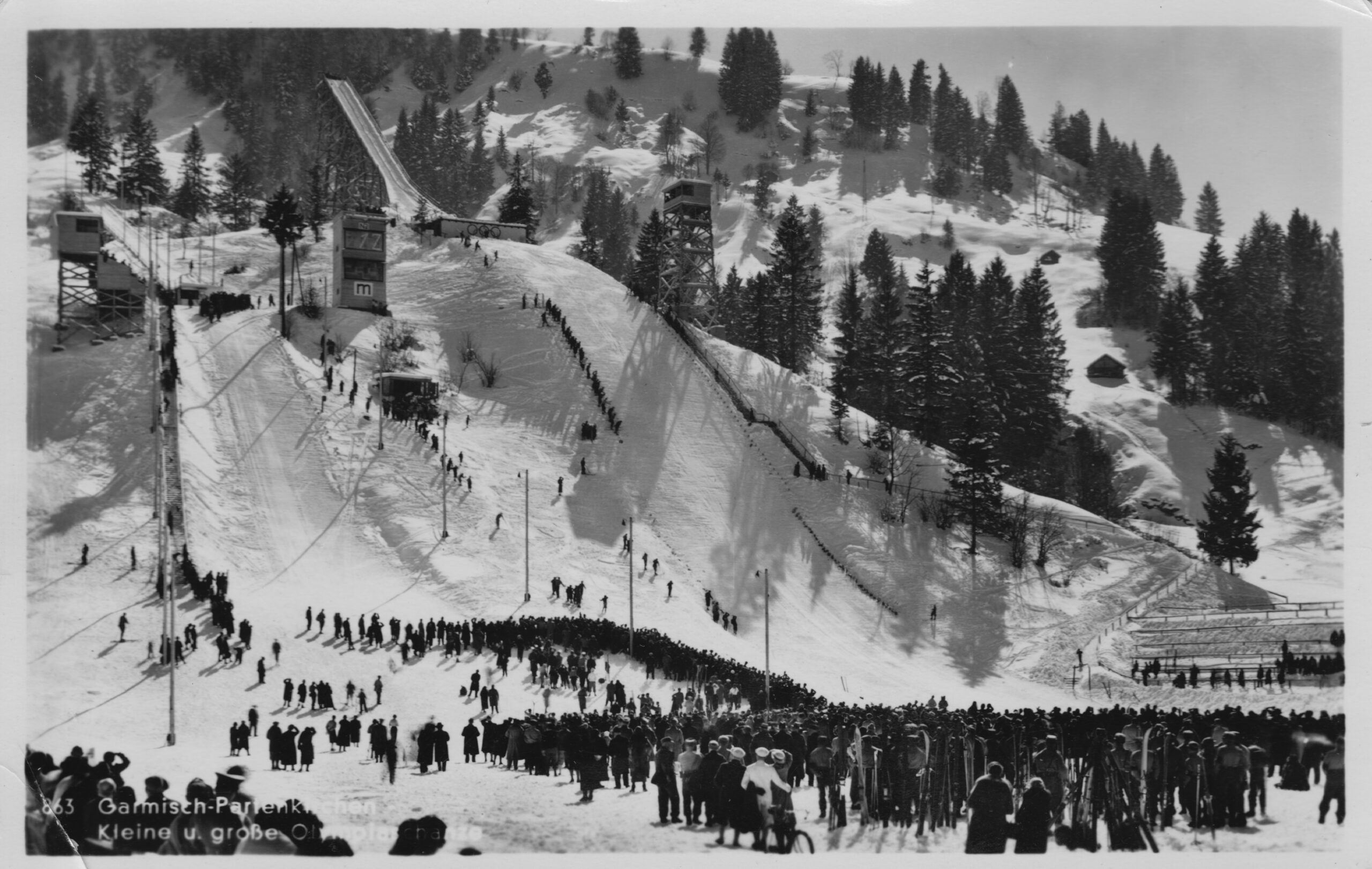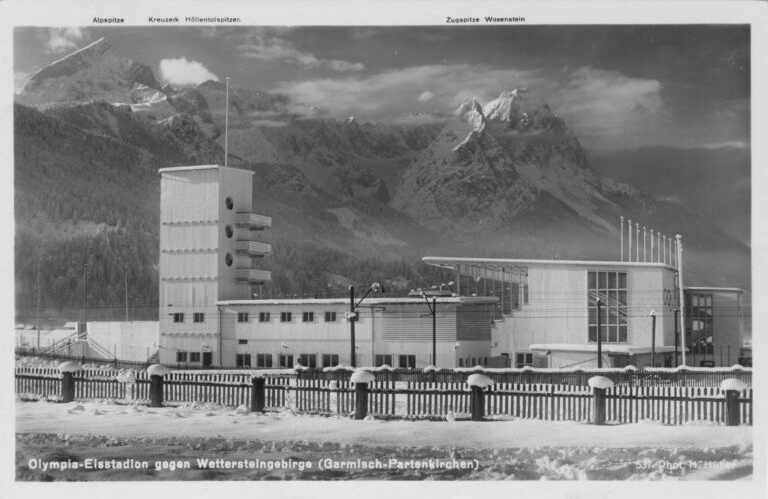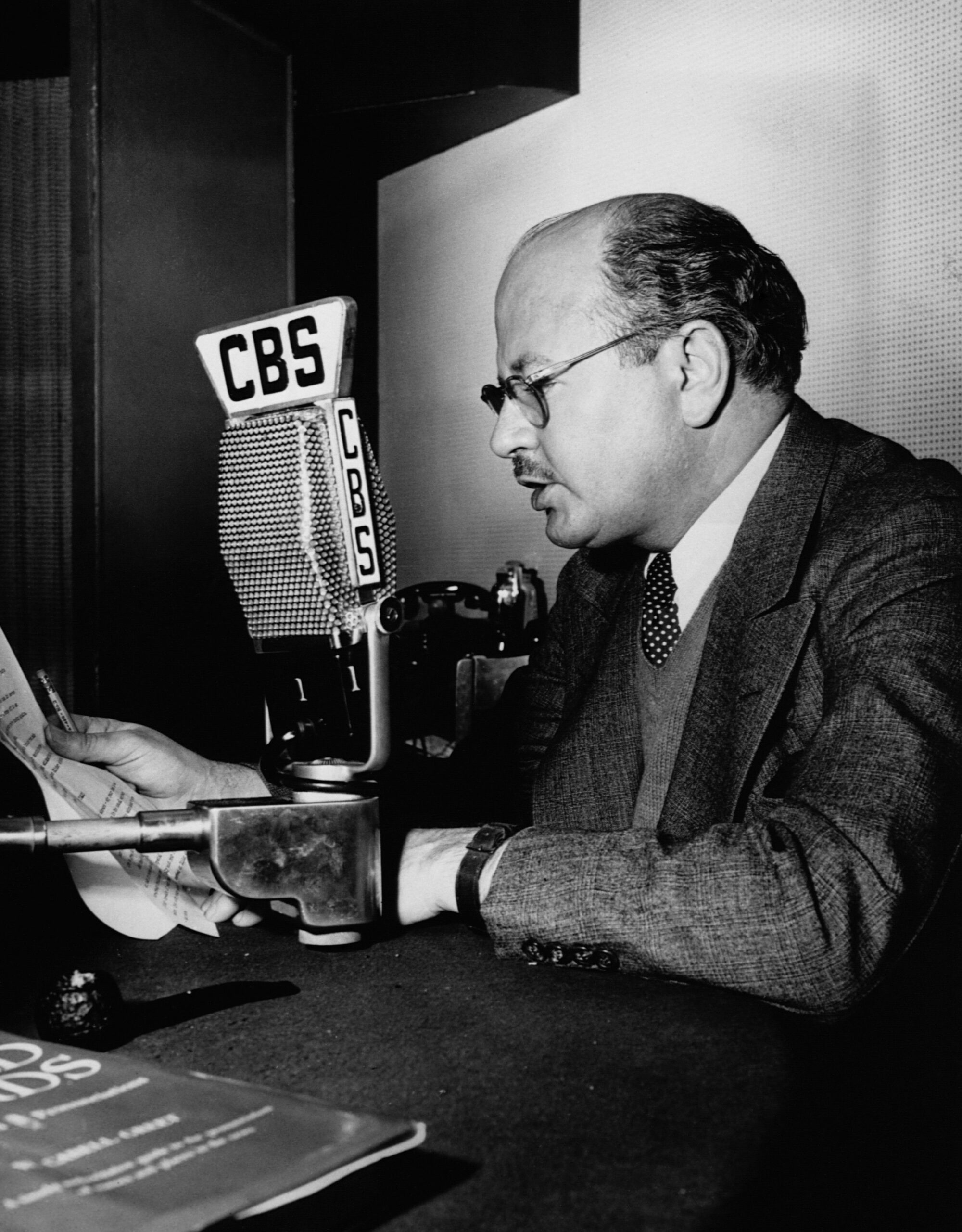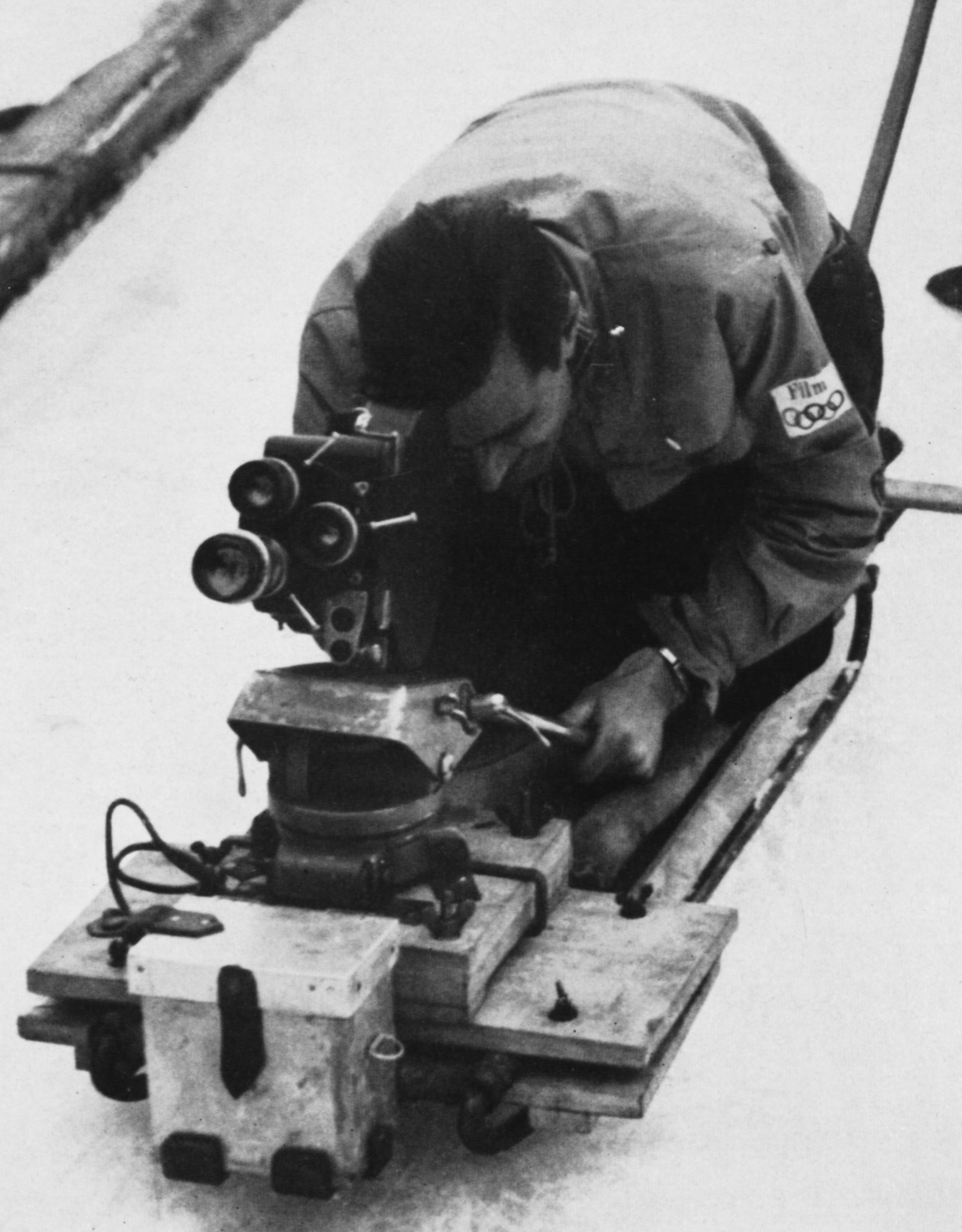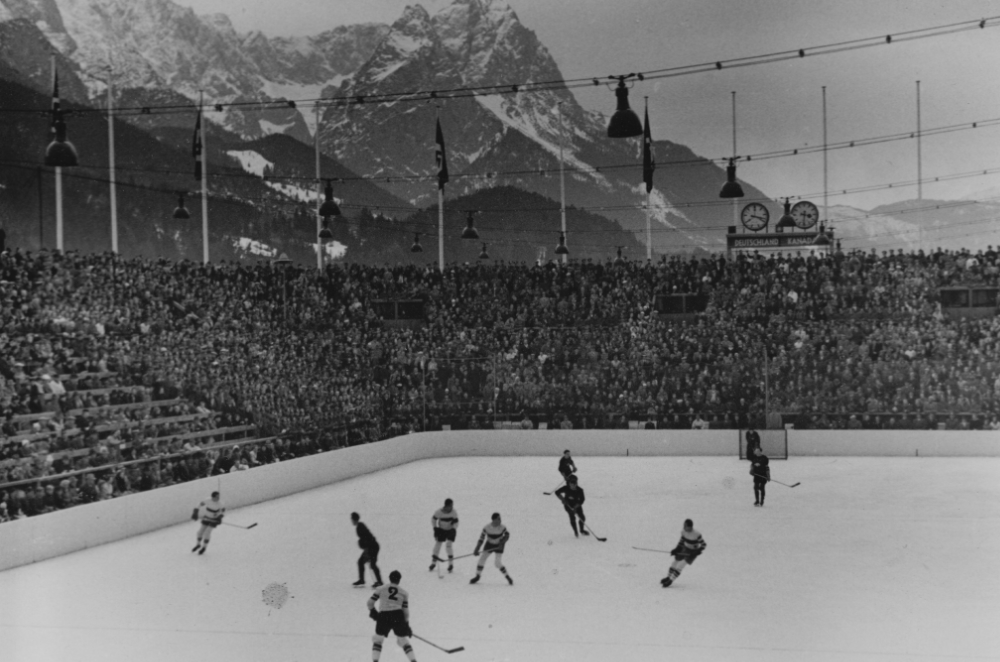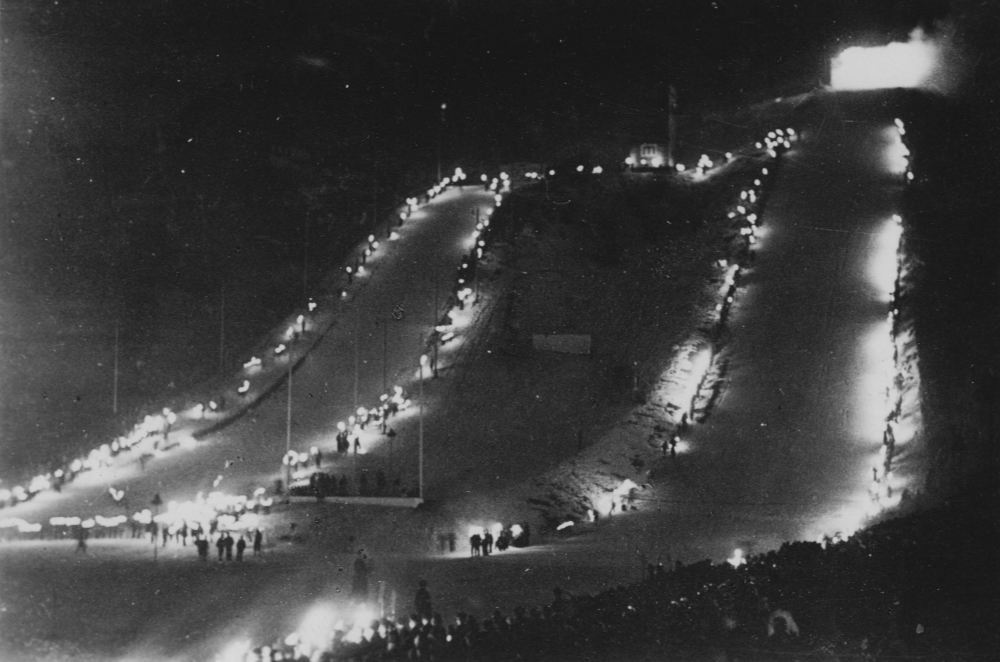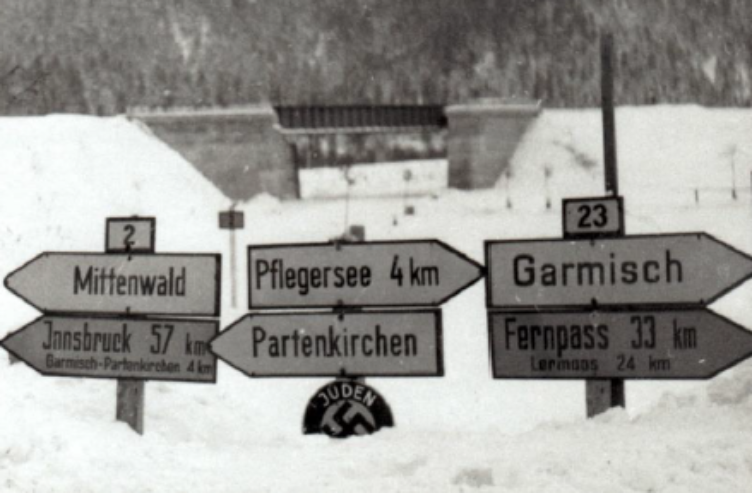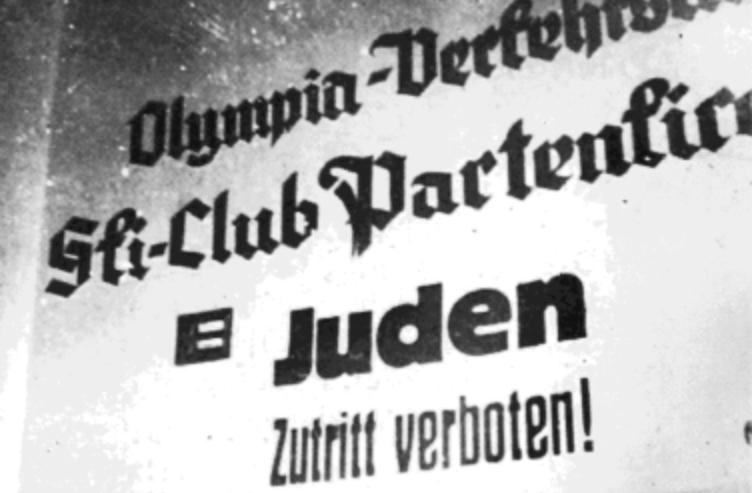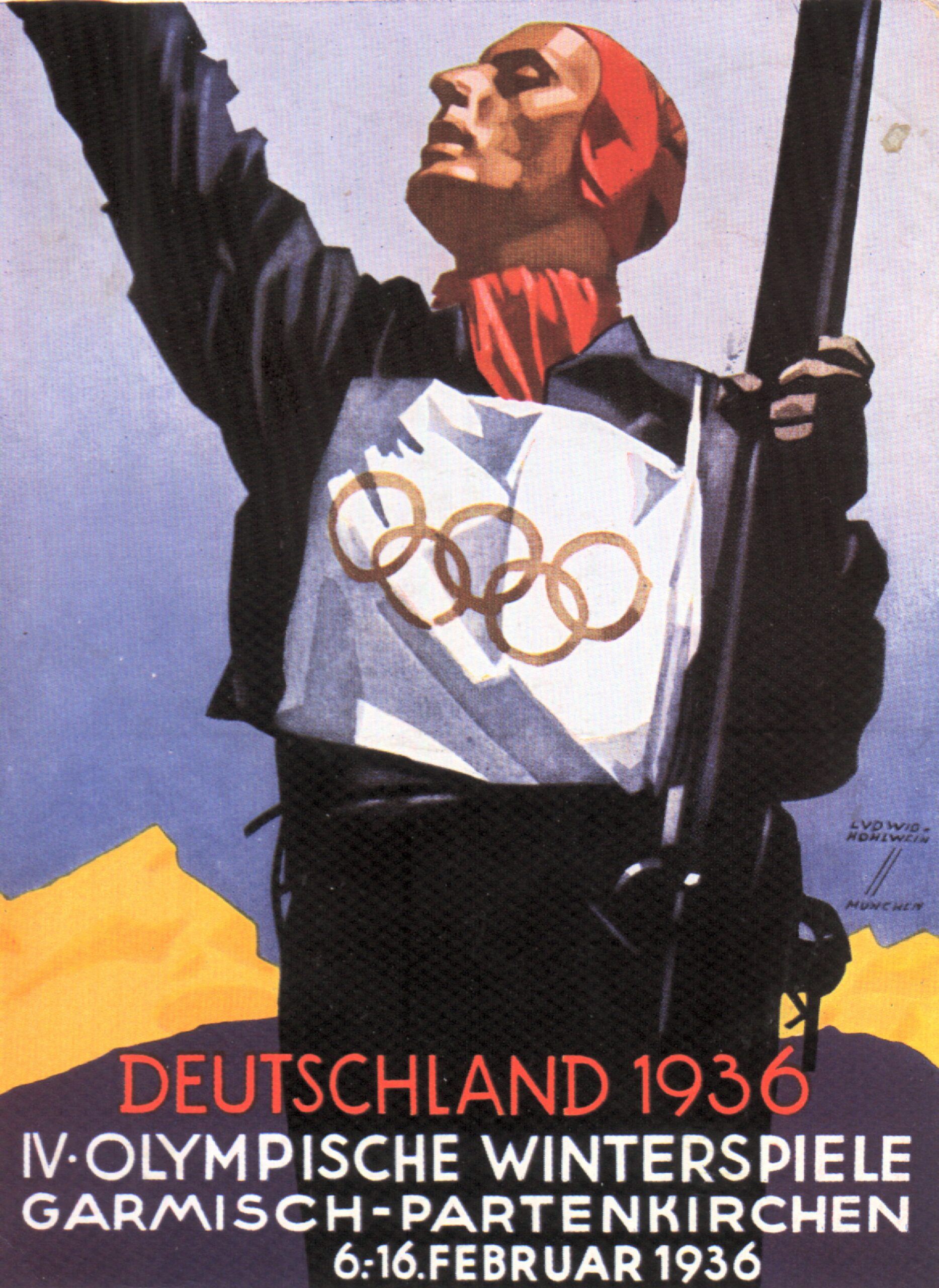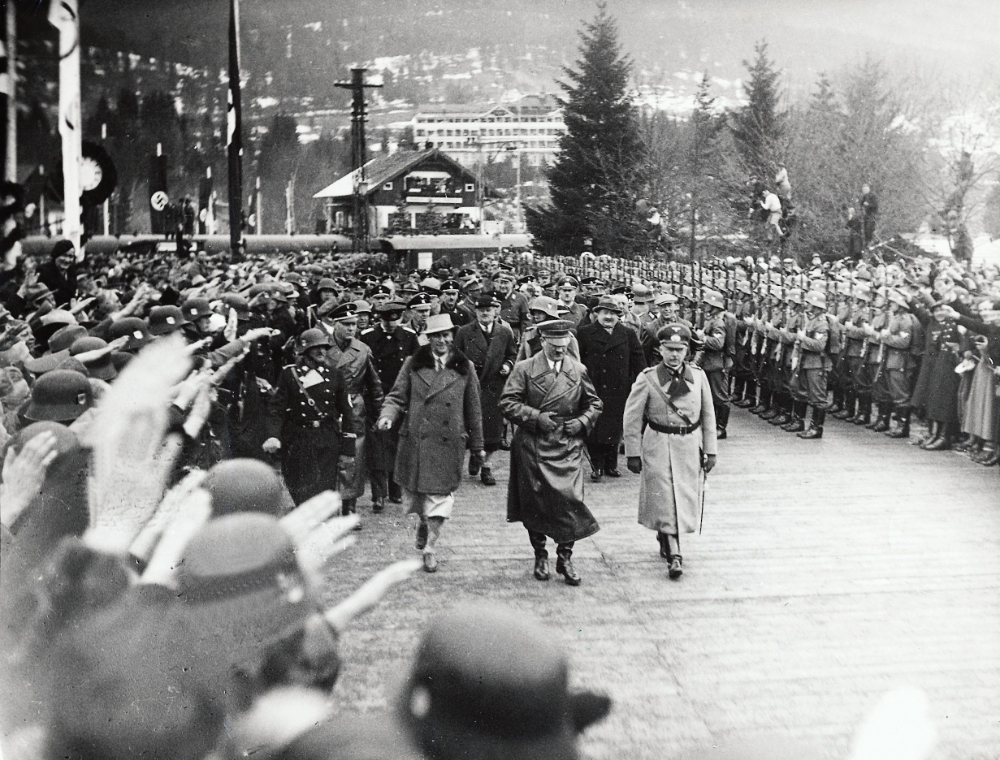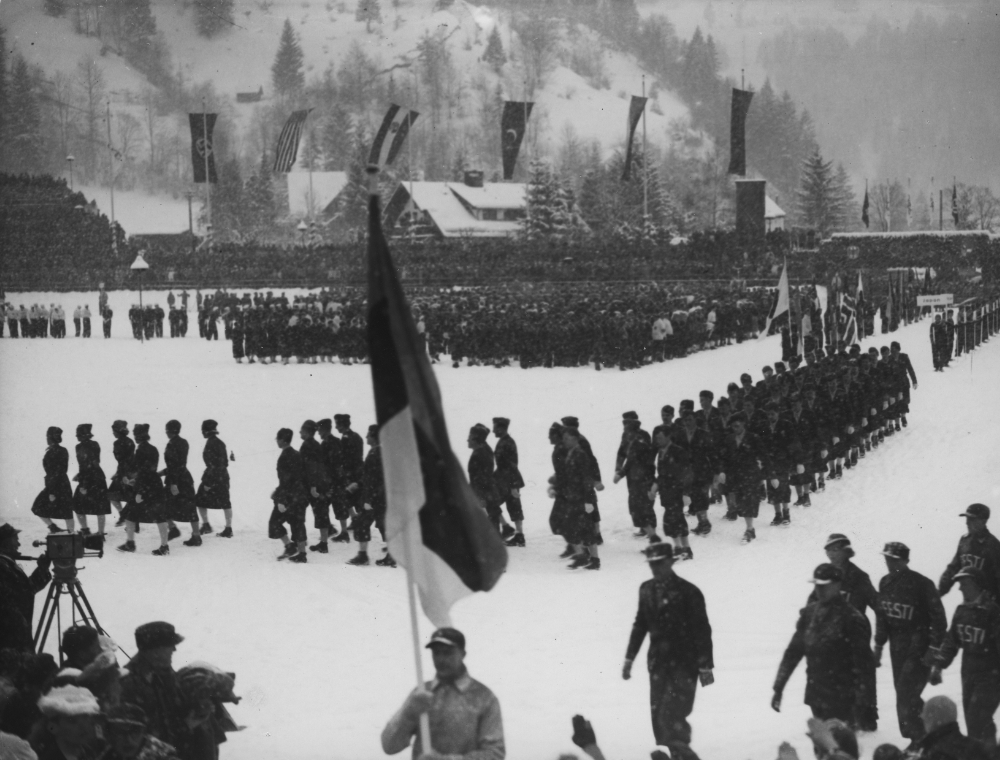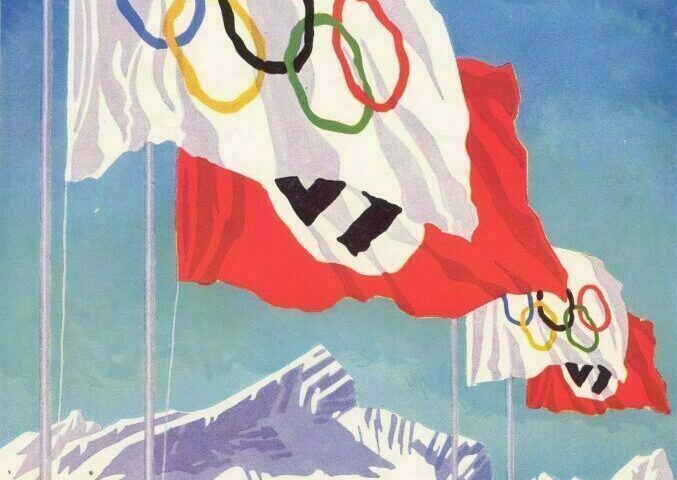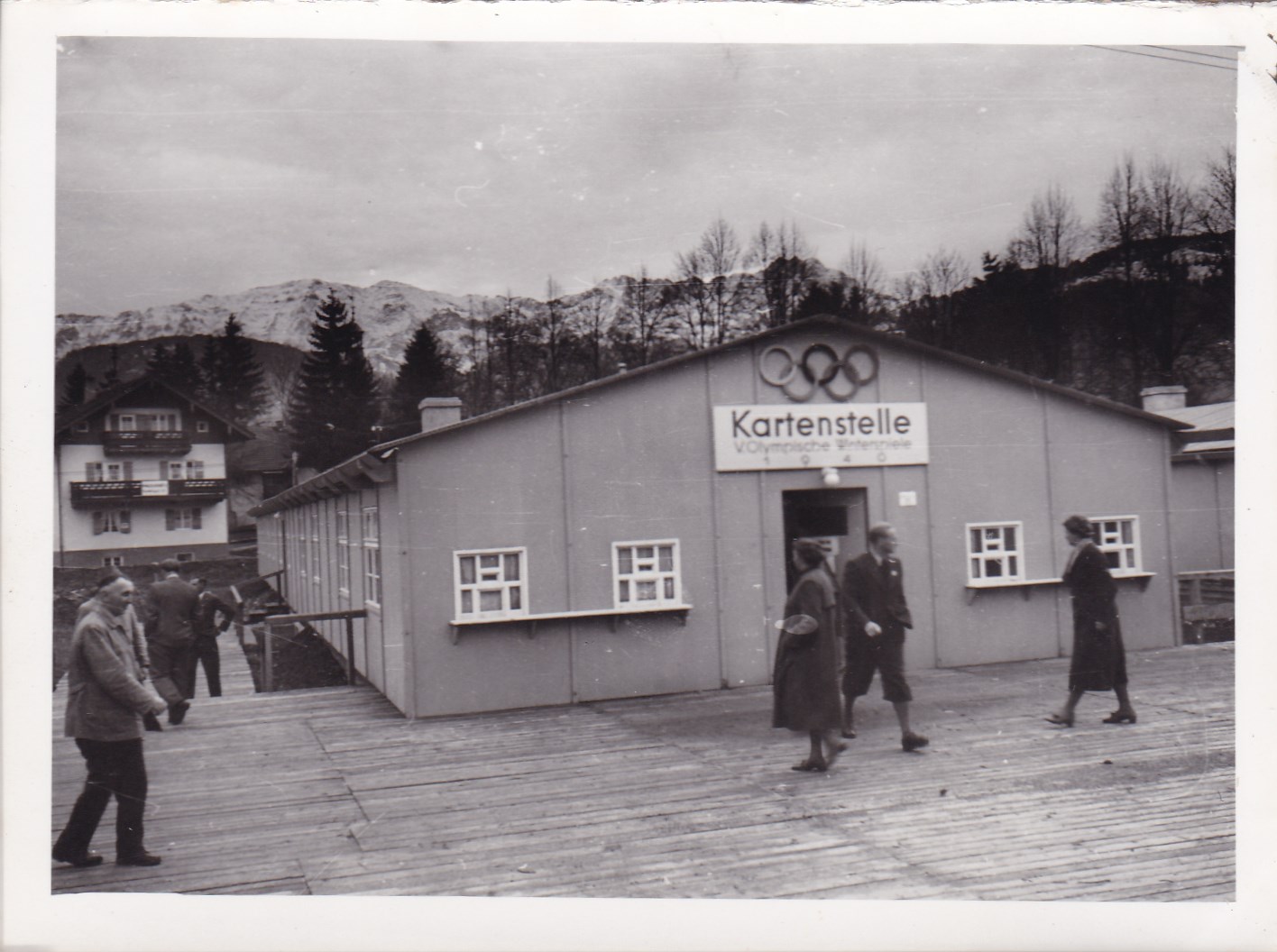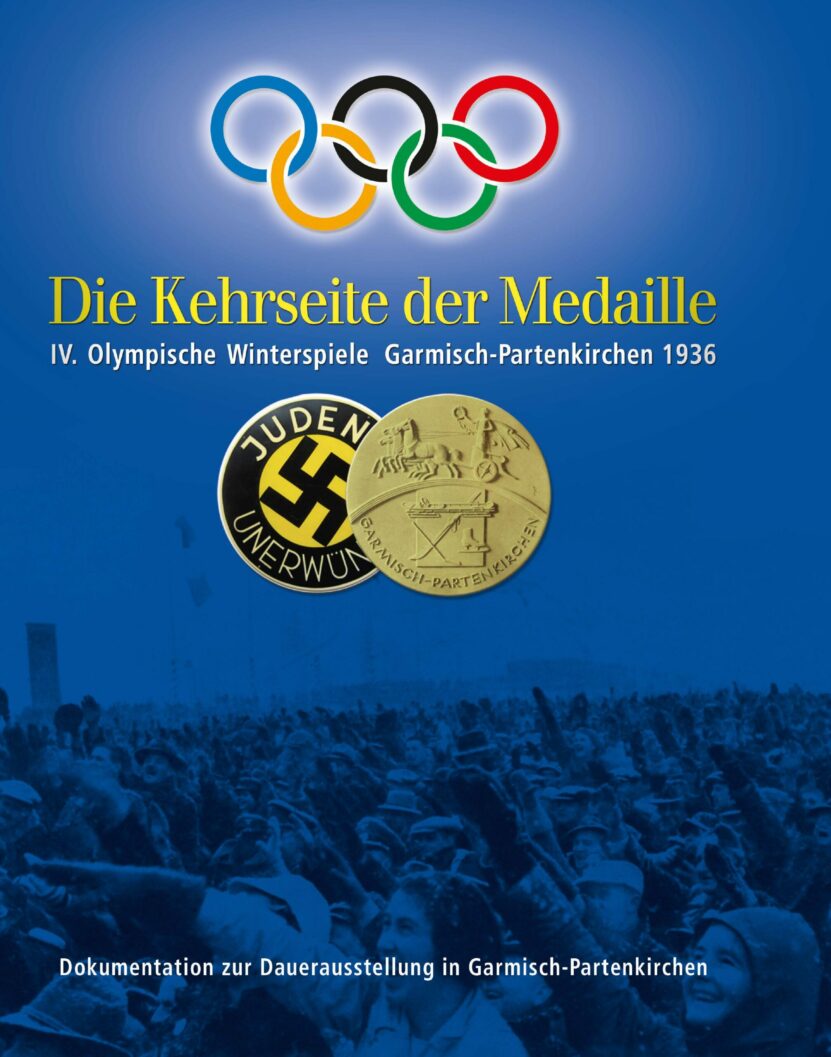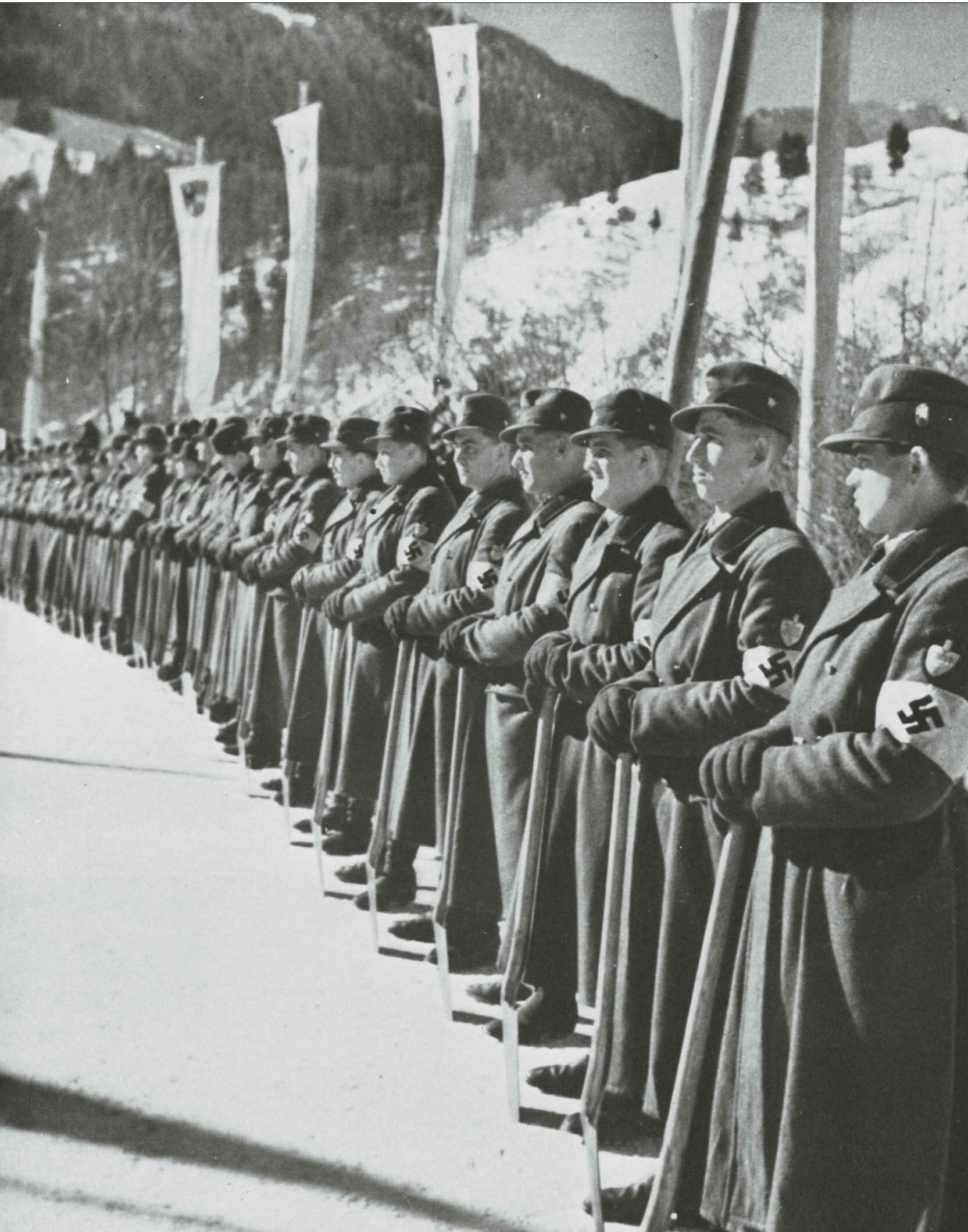Bear in remembrance
“Truth is within reason for humans.“ (Ingeborg Bachmann, author)
The IV. Olympic Winter Games took place between 6 February and 16 February 1936, hosted by Garmisch-Partenkirchen. The emanating fascination for winter sports was used by the National Socialists exclusively for their own goals. Almost perfect organization, logistics, newly built elaborate competition sites conveyed the image of an allegedly peaceful Germany to the world. Behind the sportive curtain, the NS regime continued consequently to suppress political opponents and Jewish citizens, rearmament was further pressed ahead.
Coming to terms with the history of these Winter Games started very late – only in the context of the FIS Alpine World Ski Championships of 2011 with the exposition “The Flipside of the Medal” and the corresponding catalog. The permanent exhibition is revised these days, but a virtual tour is possible. The detailed documentation covering the exhibition “The Flipside of the Medal” is available at the online shop of GaPa-Tourismus and the local bookstores.
